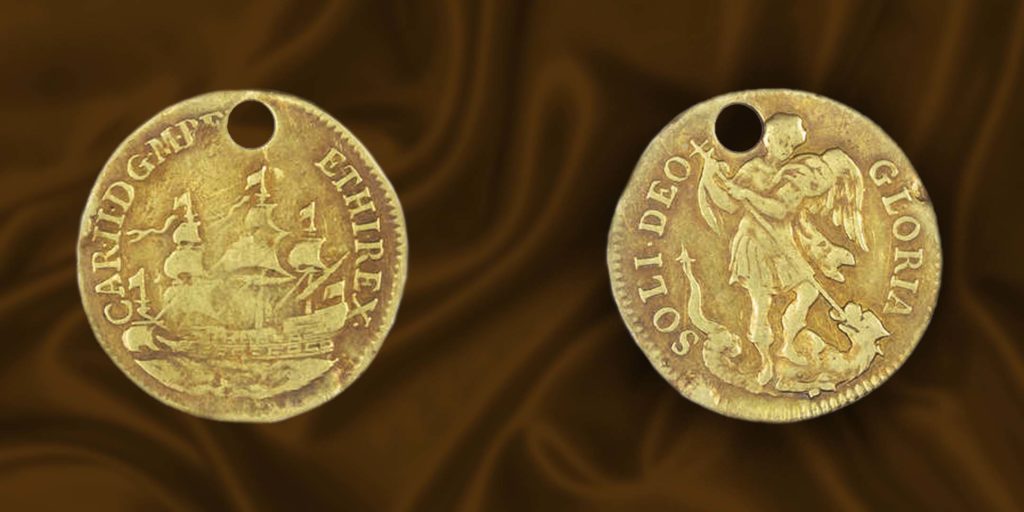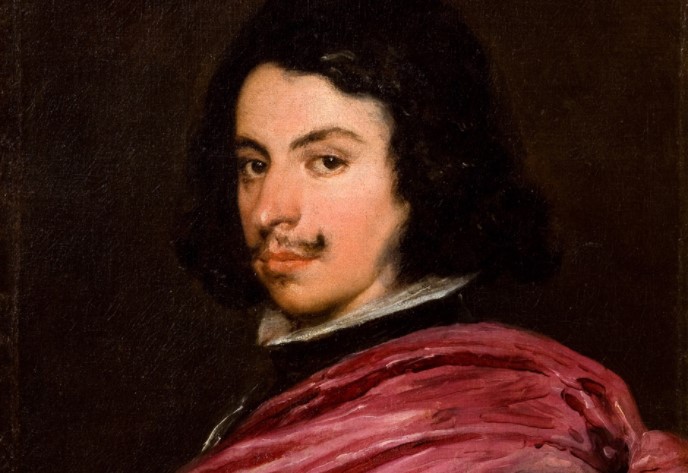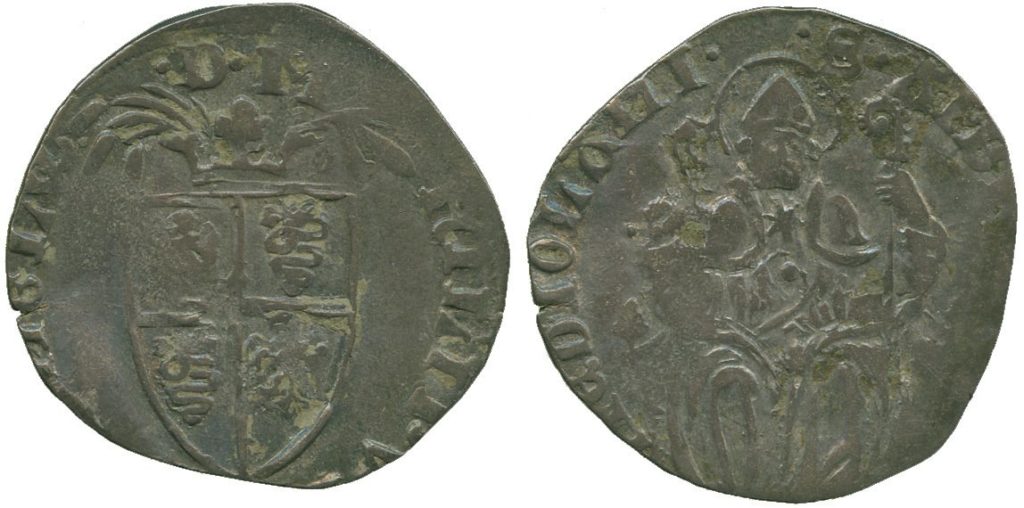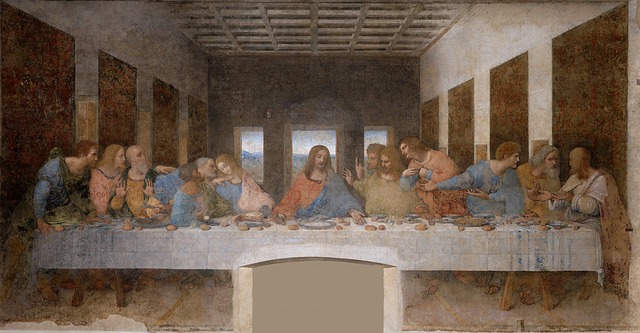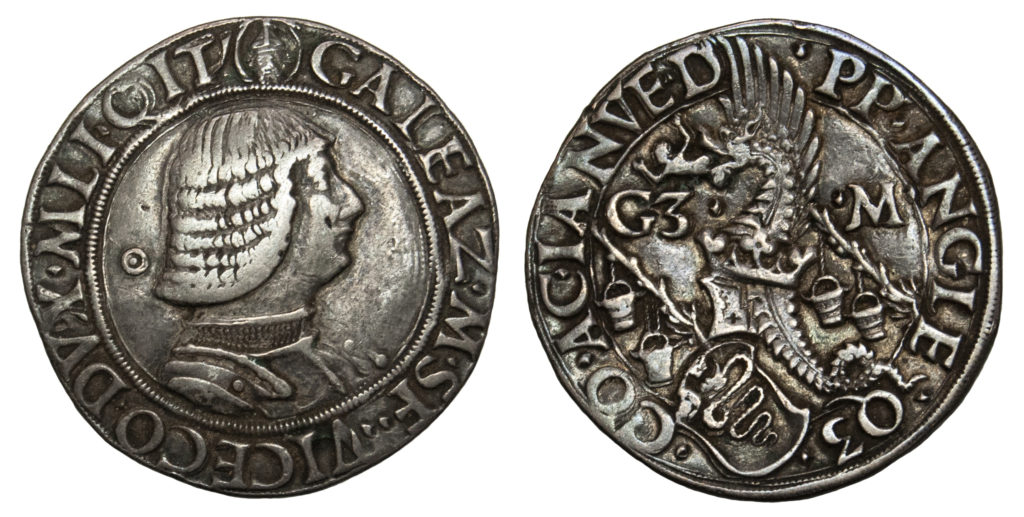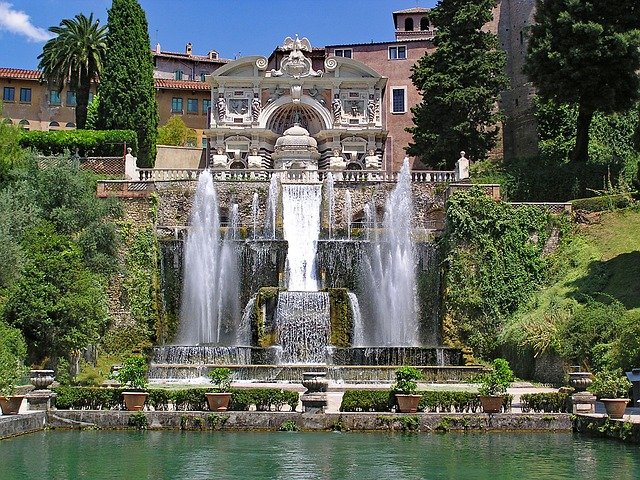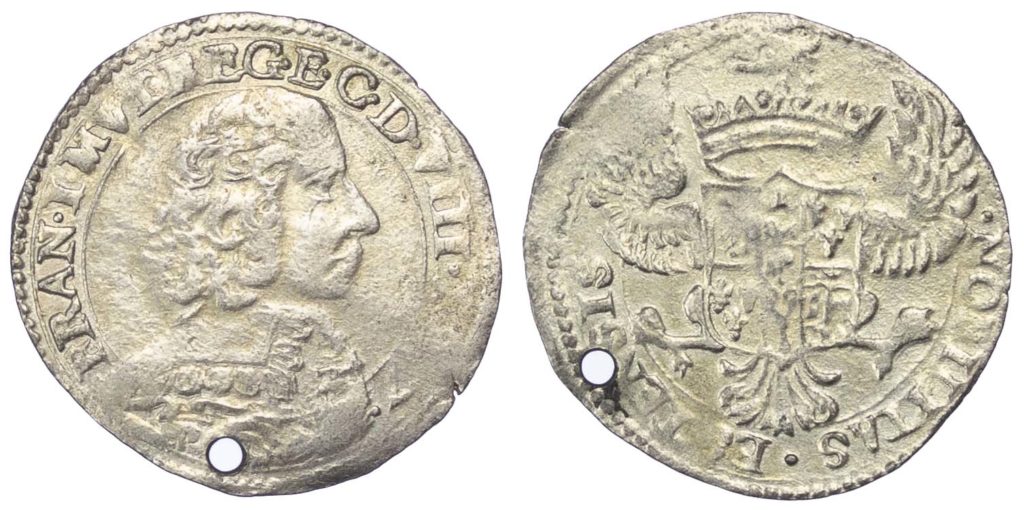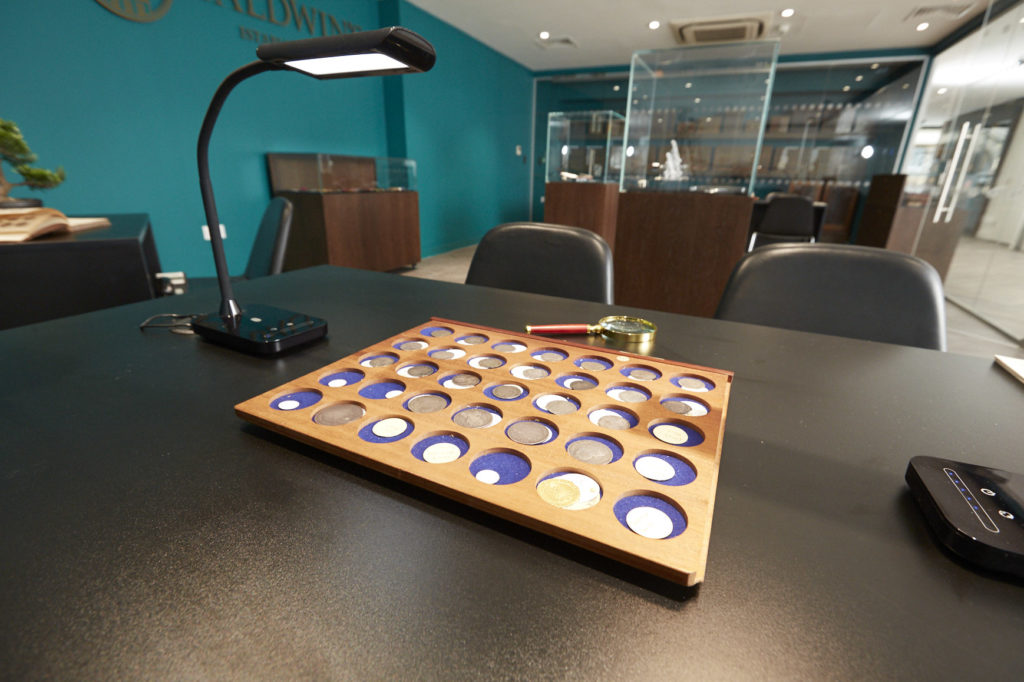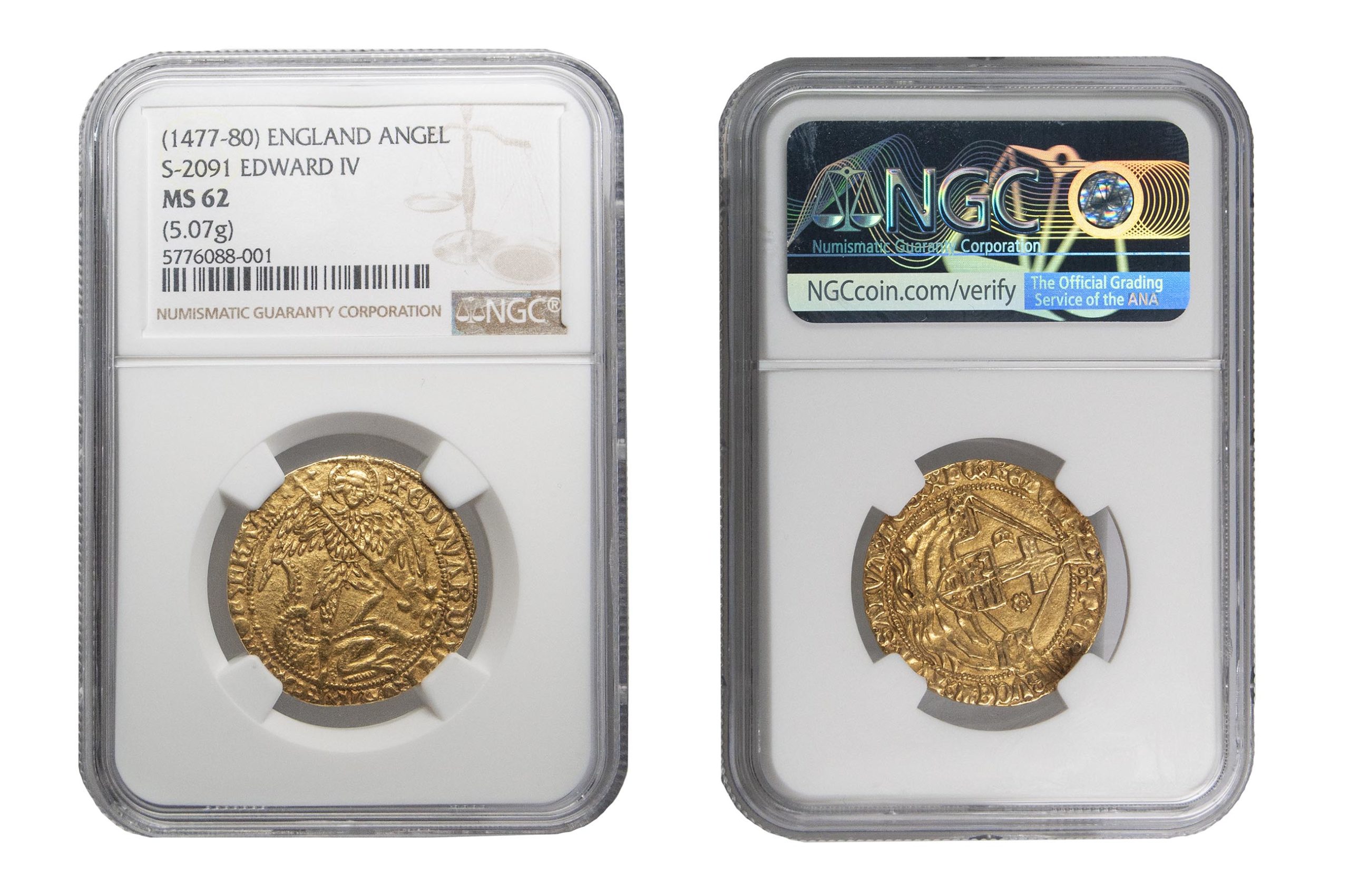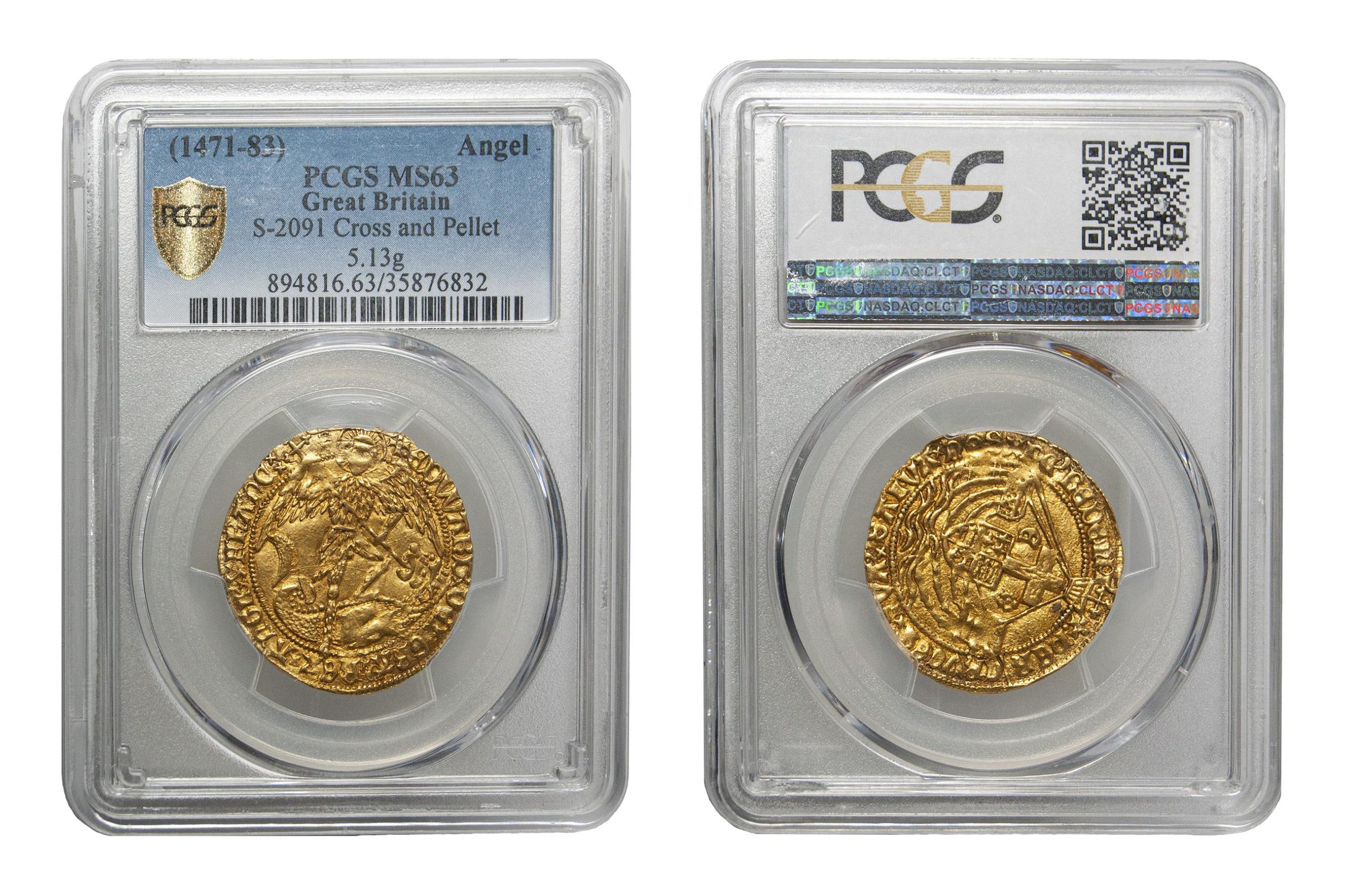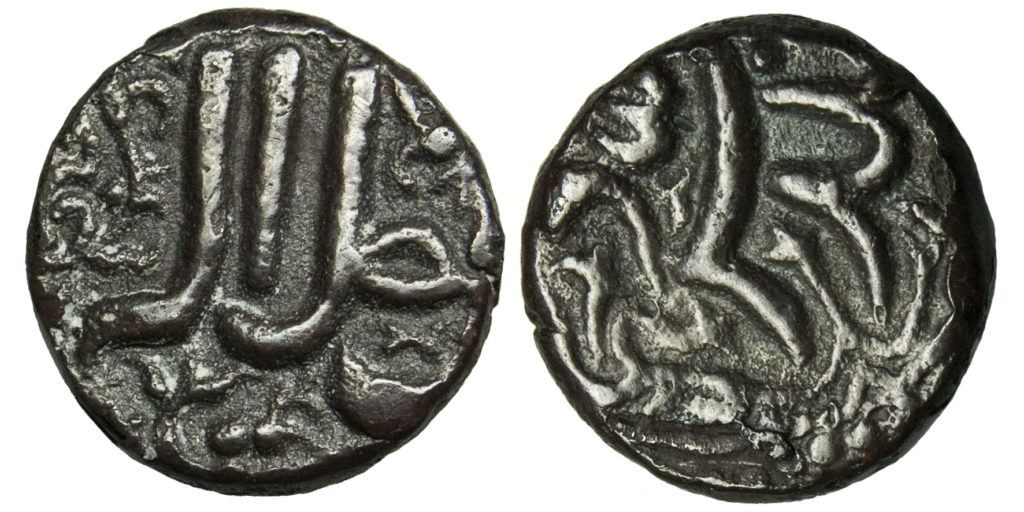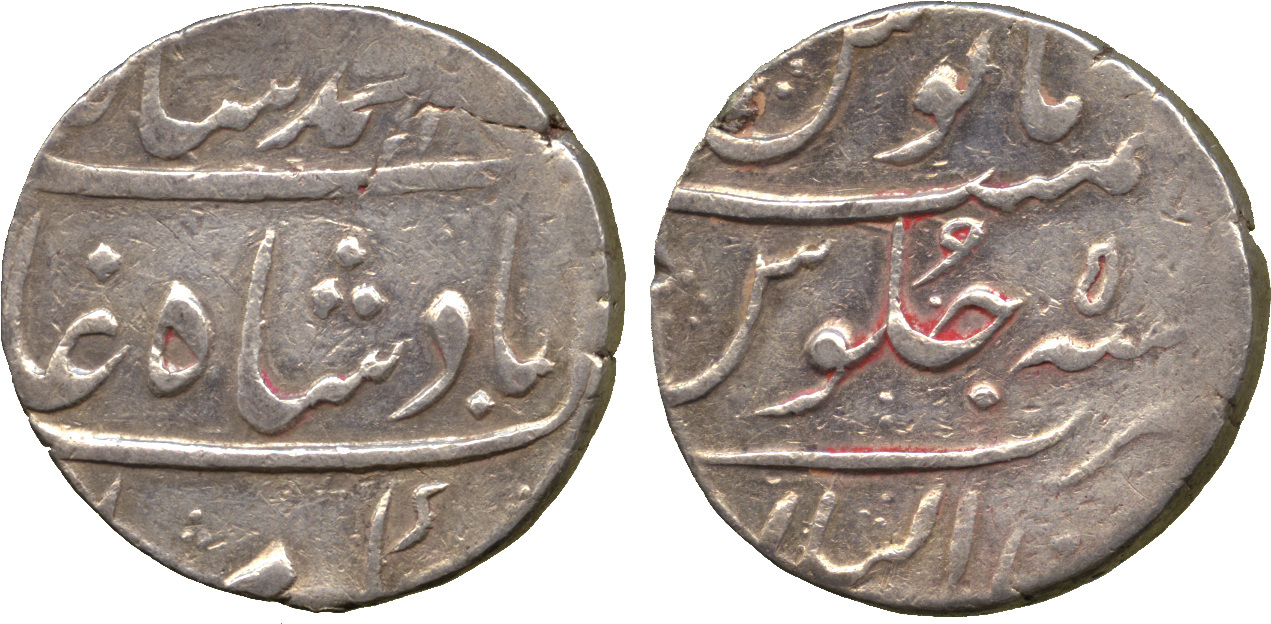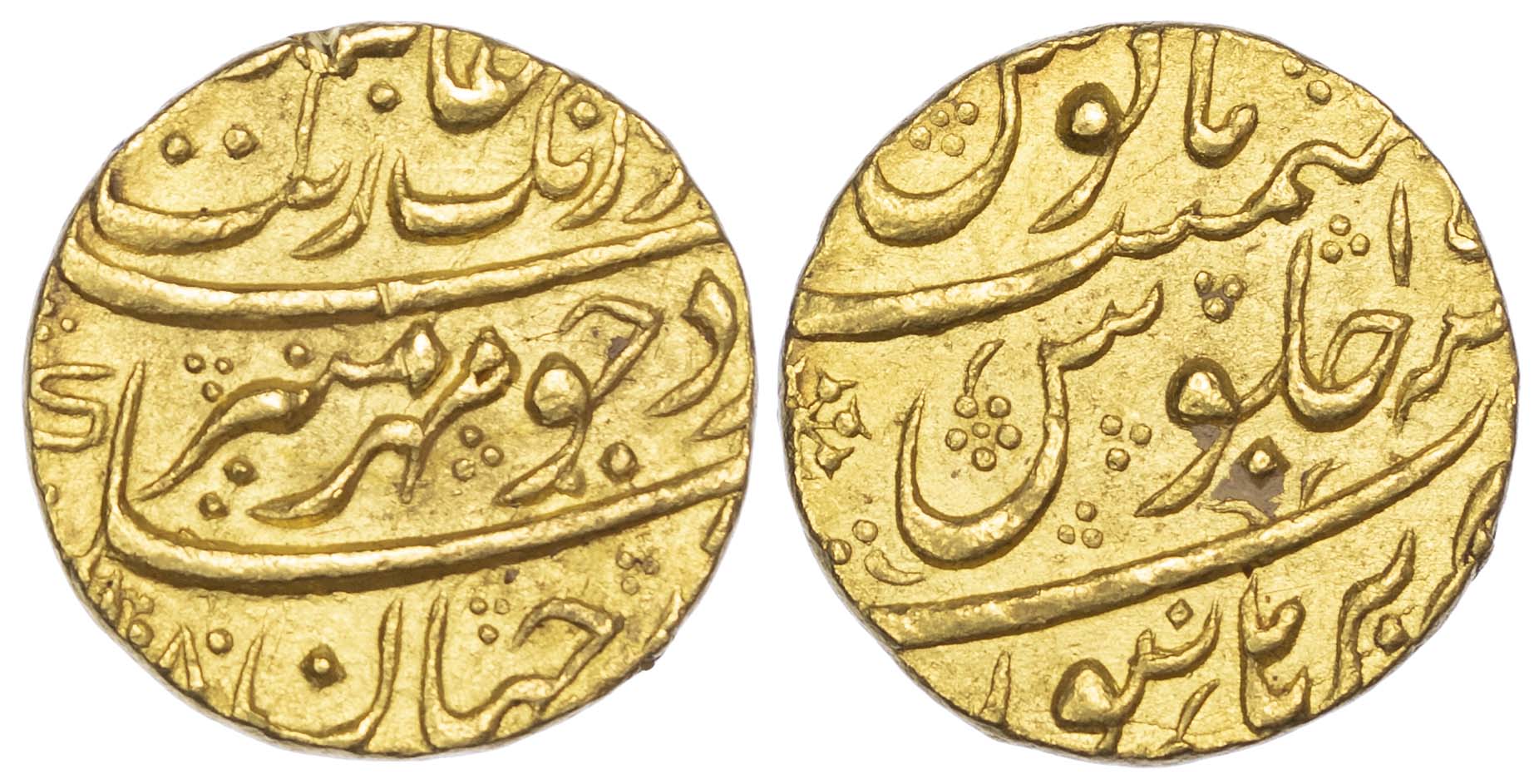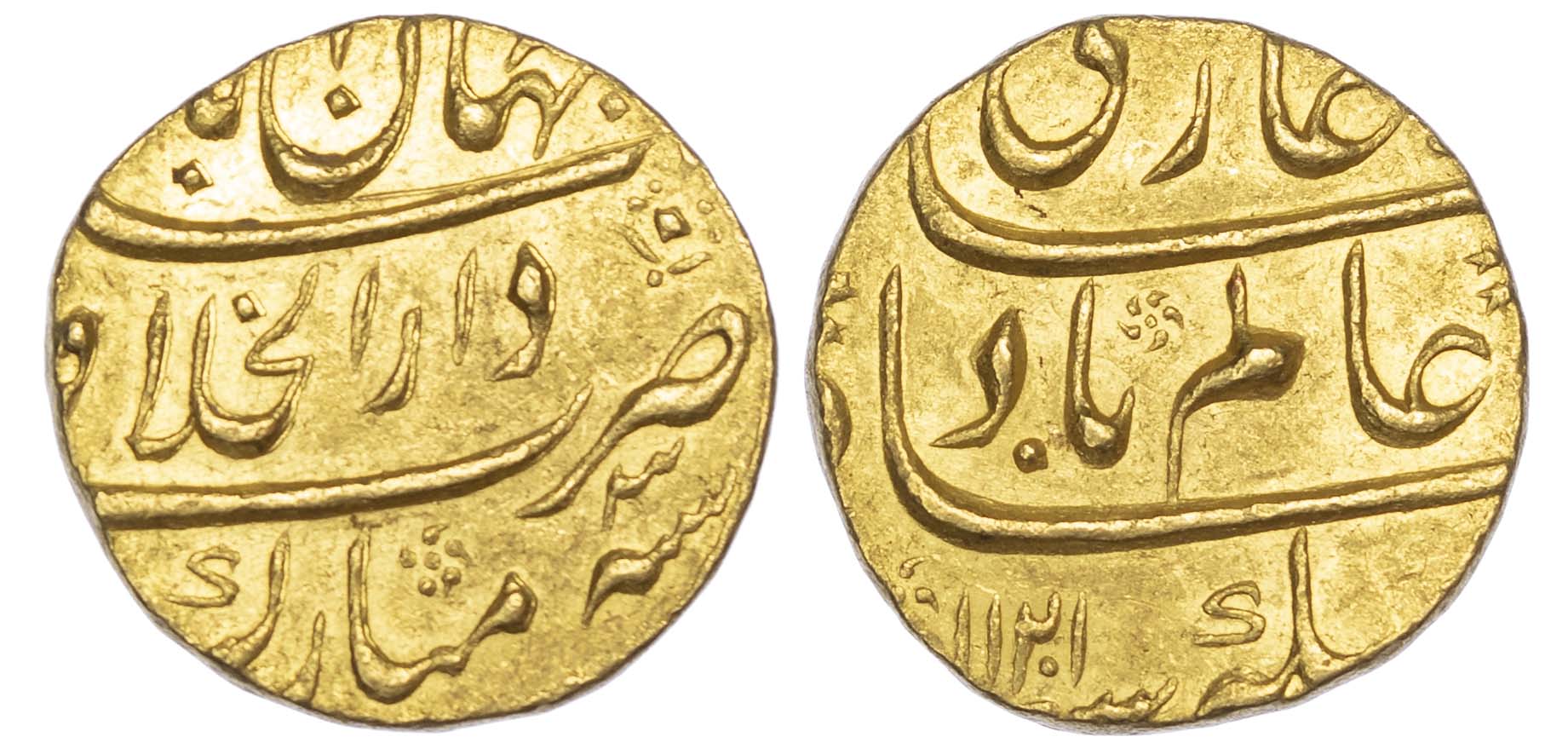One of the highlight lots of the Baldwins 104 Auction features one of the very first gold Islamic coins ever issued, The Arab-Byzantine imitative Solidus (Lot 481). This coin (considered excessively rare, with less than ten thought to be in existence*) was issued when the Muslim armies of the Umayyad Caliphate swept westwards along the North coast of Africa at the end of the seventh century. They toyed with the idea of issuing a coin to use in these formerly Christian parts of the Byzantine empire, that was acceptable to the people they had conquered but did not compromise their own Islamic faith. Essentially it needed to look like a Byzantine coin that must not feature any crosses.
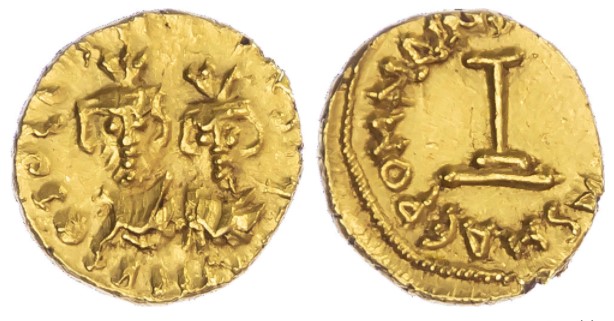
With the death of Mohammed in AD 632 the Arabs were already ruling Egypt and pushed on west just seven years later to take the whole of the north African coast from the Christian Byzantines. By 705 this whole region became part of the Muslim Umayyad Empire, then ruled from Damascus by the Umayyad caliphs (661-770). Carthage was one of the last Christian strongholds to be taken, despite Byzantine efforts at reinforcement, which fell for the second and last time in AD 695 to the Umayyad general Hasan ibn al-Nu’man.
There was no formal plan to provide a new coinage for their newly acquired north African territories – and initially the issue of coins appears to have been quite piece-meal. The immediate problem for the Islamic conquerors was to provide a coinage for general commerce and taxation purposes and also to expand an Islamic identity into the monetary sphere. Also, at the same time, to produce something that was not overtly Christian, and therefore blasphemous in their eyes -and yet was acceptable to a largely Christian indigenous population. The Byzantines had issued gold solidi from Carthage for centuries and particularly a large mintage in the mid seventh century of small thick solidi featuring the facing busts of Heraclius and his son with a large cross on the reverse, which were at this time still in wide circulation in North Africa.
Their answer was to experiment with producing their own, similar-looking version of this ubiquitous Heraclius solidus. However, the large cross on the reverse is mutilated to a large ‘T’, the crosses on the Emperors helmets are replaced with trefoils and the legends on both sides are Latinised versions of the Islamic declaration of faith – the Shahada. Although heavily truncated, they translate as ‘There is no God but He alone who has no associate’ and on the reverse ‘God our Lord, the Eternal the All-knowing’.
These were not produced in large numbers, judging by their extreme rarity, and the experimentation of such a coin series is still only poorly understood – however, these imitations of Byzantine solidi, such as this coin, are considered to be the very first gold coins struck by the Muslims.
*Surviving examples of this type are rarely seen and only a couple are recorded to have sold in auction: firstly, a similar piece with two steps at Heritage Auctions that hammered at $24,000 in January 2019; secondly, an example with three steps, also at Heritage Auctions for $22,000 in January 2018.

